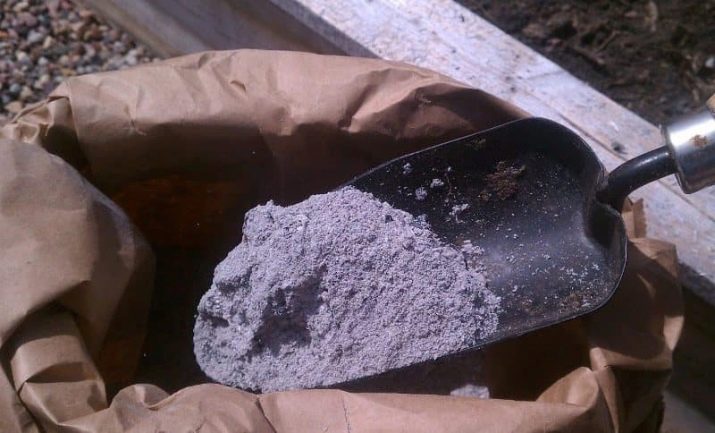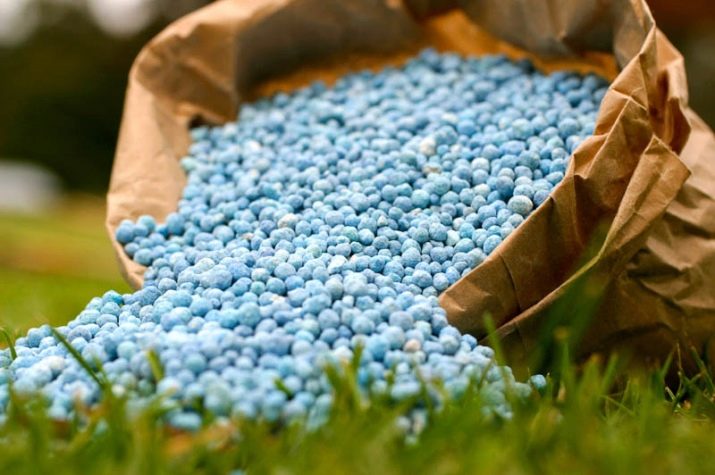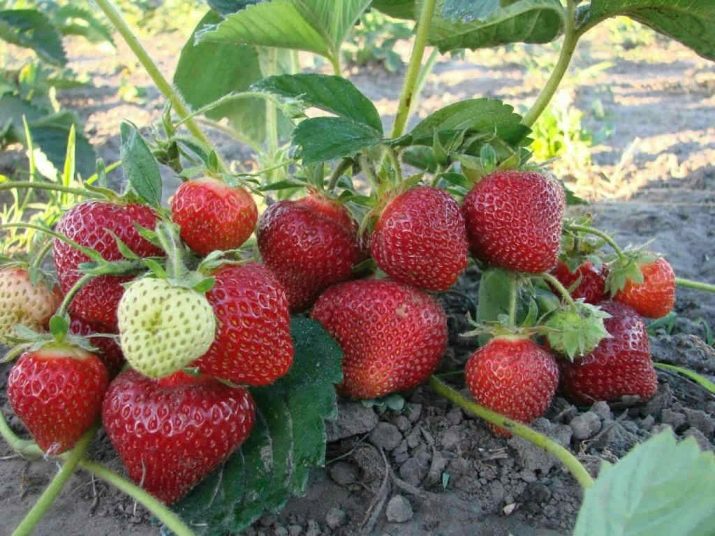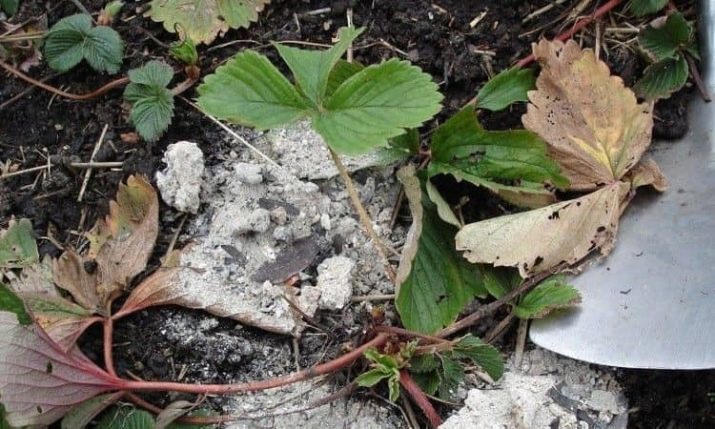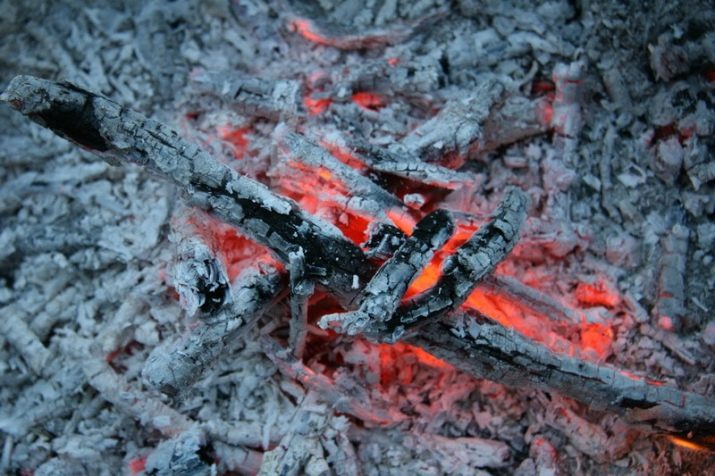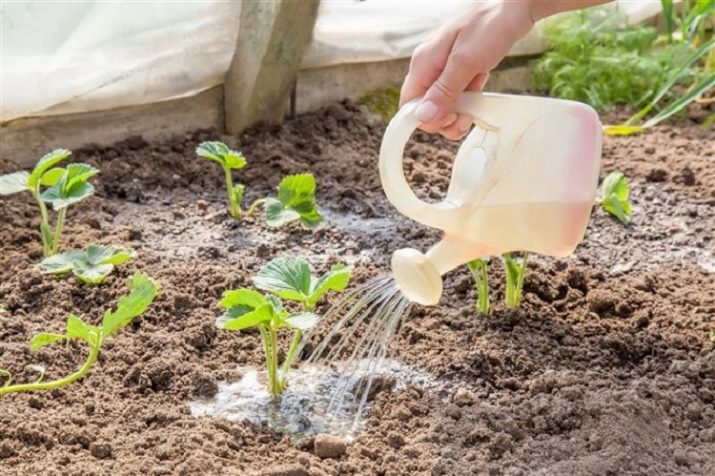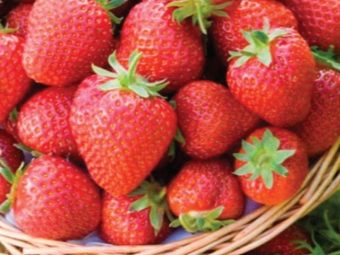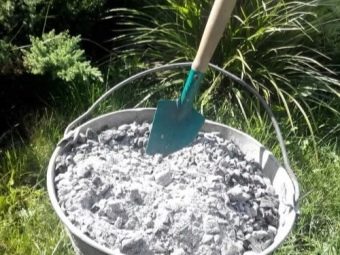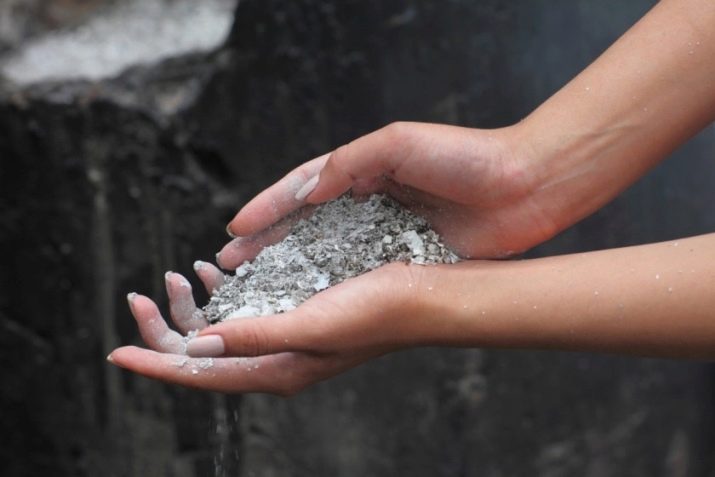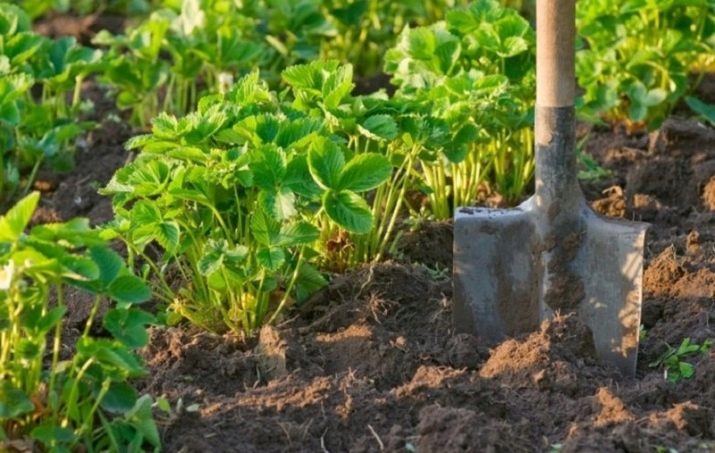Strawberry Ash: Properties and Application Tips
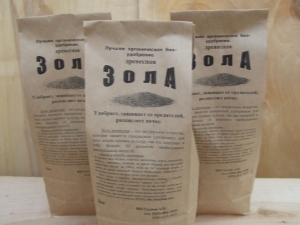
Wood ash is a versatile fertilizer and is often used as a strawberry feed.The popularity of ash additives is due to their natural origin and wide consumer availability.
Composition and use
Wood ash is a natural, easily digestible product whose composition is represented by potassium, calcium, phosphorus, manganese, iron, magnesium, boron, molybdenum and many other trace elements necessary for normal plant growth. The only element vital for the development of strawberries, and not present in the ash composition, is nitrogen.
This fact is explained by the physicochemical processes occurring during the combustion of wood, as a result of which the decomposition and volatilization of nitrogen occurs. This does not allow the use of wood ash as the sole fertilizer and involves the use of nitrogen-containing preparations.
Simultaneous use of nitrogenous fertilizers and ash is prohibited. The fact is that when these components are mixed, a chemical reaction occurs, as a result of which ammonia is formed. Strawberries tolerate its presence rather poorly and can respond with a significant slowdown in growth and a significant drop in yield. Therefore, the introduction of nitrogen and ash should be made at intervals of at least two weeks.
Wood ash can reduce the acidity level on acidified and strongly acidified soils. However, in areas with a normal level of acidity, as well as with an alkaline environment, the use of ash can prevent plants from fully absorbing nutrients.
Soil acidity can be determined independently: for this you need to inspect the plants that grow on the site. If nettles, clover, wheatgrass, alfalfa, burdock and field bindweed prevail among the weeds, the soil is alkaline.
On the presence of acidified soils will indicate plants such as horse sorrel, sedge, creeping buttercup, cemetery, field horsetail, veronika grove, mokrita, mint and plantain. They love the acidic environment and always grow in such areas. Wood fertilizer has a beneficial effect on the crop. It helps to increase the immunity of plants, helps fight pests and saturates strawberry roots with essential elements.
Advantages and disadvantages
A large number of positive reviews on the use of wood ash as a feed due to near indisputable advantages of this fertilizer.
- Trace elements contained in the composition of the ash is very easily and quickly absorbed by the roots of plants. This is due to the natural origin of the dressing and the absence of difficult to absorb components.
- A large number of nutrients almost completely meets the needs of strawberries in the necessary chemical compounds. Properly cooked ash in its benefits can easily compete with cow dung. The main key to success is the process of its production, which involves the burning of pure wood, without paint and varnish, nails and debris.
- Wide availability fertilizer due to ease of manufacture and minimal cost.
- Long shelf life. Wood ash does not lose its nutritional properties for 4 years. The only condition for the storage of the drug is a tightly closed container. Otherwise, the fertilizer may be saturated with moisture and lose its beneficial properties.
- Fast and lasting effect. Changes in the appearance of the berries after using ash fertilizers become noticeable very soon. Fruits become much larger and more fragrant, last longer after harvest and become immune to gray rot. In addition, many strawberry pests bypass the treated bushes side. This is especially true of the raspberry-strawberry weevil, the invasion of which can lead to lower yields, and sometimes the death of particularly weakened plants.
- Ash-treated bushes much easier to tolerate moisture deficiency and form much more fruits.
The disadvantages of wood ash include the impossibility of its use on alkaline soils and the absence of nitrogen in the composition.
However, the second factor can be easily eliminated by adding additional nitrogen-containing drugs.
Application features
Feeding strawberries using ash additives carried out at different times. The timing of fertilization depends on the type of soil on which the crop grows. So, in sandy and peaty soils fertilizers are applied in the spring, while in clay and heavy soils - in the autumn. The amount of additives is also calculated individually, and depends on the area of strawberry plantations and their purpose.
For example, in order to grow berries for sale, the ashes will need some more than when growing for their own needs. This is due to the need to provide a presentation of the fruit, as well as large areas of industrial plantings. One or two buckets will be enough for your own plot, whereas for commercial cultivation per hectare of area, up to 15 kg of fertilizer will be required.
Some gardeners use universal ready-made fertilizer based on it instead of pure ash. A glass of such a means is diluted in a bucket of water, after which they feed each bush under the root. Good results are obtained by alternating such a solution with chicken droppings, or by saturating them with compost. This allows beneficial microorganisms to multiply rapidly, which greatly increases the nutritional value of the latter.
Feeding strawberries with ash fertilizer can be done in two ways. The first is to sprinkle aisle dry dressing. Moreover, many gardeners are not limited to the space adjacent to the bush, but powder the whole plant with ashes.
The amount of fertilizer per bush should not exceed 15 g at the first feeding, and 7-8 g at the next.
Some novice gardeners are somewhat confused by the appearance of ash-strewn strawberries. However, there is no cause for concern: at the first rain or watering it will be washed off and mixed with the ground. In addition, dusting repels pests, therefore, at the first signs of insect infestation of the plants, you must immediately sprinkle the bushes with ashes. When applying dry fertilizer directly under the bush, it is recommended to loosen the ground a little, mixing it with ash, then pour the plantation.
The second way is to prepare a solution. To do this, dissolve a glass of ash in one liter of hot water and put it in a warm place for a day. Then pour the contents of the jar into a ten-liter bucket and mix well.
The treatment of the plants is carried out at the rate of one liter per square meter.
Terms of fertilizer application
Fertilize strawberry wood ash should be three times per season. The first time feeding is carried out in early spring, and is produced when loosening strawberry beds. Together with the ash additives, you can make a nitroammofosku and bird droppings. This will stimulate leaf growth and improve the overall condition of the shoots. The second time feeding strawberries performed after harvest.
During this period, the active formation of new buds and roots, and the preparation of the plant for winter begins. The harvest of the next year will depend on the number of buds formed, therefore fertilization at this stage is the most important and decisive. The third time processing of the site is carried out before the onset of cold weather. Ash crumbles around the bushes and with the help of loosening it mixes with the soil.
It should be noted that fertilizer wood ash during flowering and fruiting strawberries is not used.
During this period, plants can be supplemented with supplements containing boric acid, potassium sulphide and potassium permanganate. In the case of fungal diseases experienced gardeners advise to dilute metronidazole at the rate of 2 tablets per liter of water, and spray the leaves.
Using wood ash as a fertilizer for strawberries brings good results.Plants acquire resistance to fungal diseases and get rid of pests, and the berries become more juicy taste and become larger. Due to this, an increasing number of summer residents prefer ash, and replace it with chemical fertilizers.
For information on how to properly use ash as a fertilizer, see the following video.

